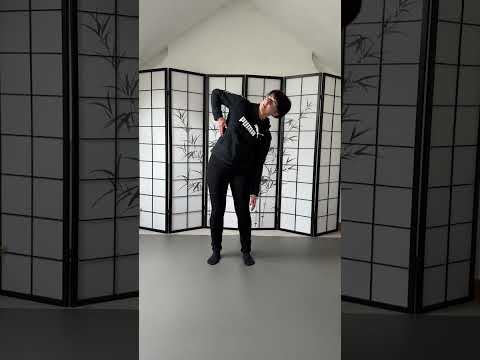Menopause and joint pain
Menopause brings a variety of symptoms, one of the most common being pain, aching, stiffness, and swelling in the joints. But why does this happen?
Hormonal Changes
The primary reason for joint pain during menopause is hormonal fluctuations, particularly the decline in oestrogen levels. Estrogen plays a crucial role in maintaining joint and bone health by reducing inflammation and keeping the joints lubricated. As oestrogen levels drop, inflammation can increase, leading to discomfort and pain in the joint.
Decreased Bone Density
Menopause also brings a decrease in bone density, making bones more susceptible to damage and pain. This reduction in bone density can put extra stress on the joints, exacerbating pain and stiffness.
Weight Gain
Many women experience weight gain during menopause, which can put additional pressure on weight-bearing joints like the knees and hips. This extra weight can lead to increased wear and tear, causing pain and discomfort.
Other Factors
Lifestyle changes, decreased physical activity, and age-related wear and tear on the joints also contribute to menopausal joint pain. Stress and poor sleep, common during menopause, can further exacerbate the perception of pain.
Scientific Insights
Recent studies have found a direct correlation between lower oestrogen levels and increased markers of inflammation in postmenopausal women (1). Research also suggests that hormone replacement therapy (HRT) can significantly reduce joint pain in menopausal women, which would suggest that oestrogen supplementation can help manage symptoms. You can read more about HRT on the NHS website here.
Managing Joint Pain
Consider the following strategies to help you manage or prevent joint pain in menopause:
Healthy Diet
Ensure a diet rich in anti-inflammatory foods, such as fruits, vegetables, and omega-3 fatty acids.
Stay Hydrated
Drink plenty of water to keep the joints lubricated.
Consult Your Doctor
Discuss the possibility of HRT or other medications that might alleviate joint pain.
Regular Exercise
Engage in low-impact activities to maintain joint flexibility and strength. Try our gentle Menofriendly workout below to mobilise your joints and let us know how you get on in the comments!
